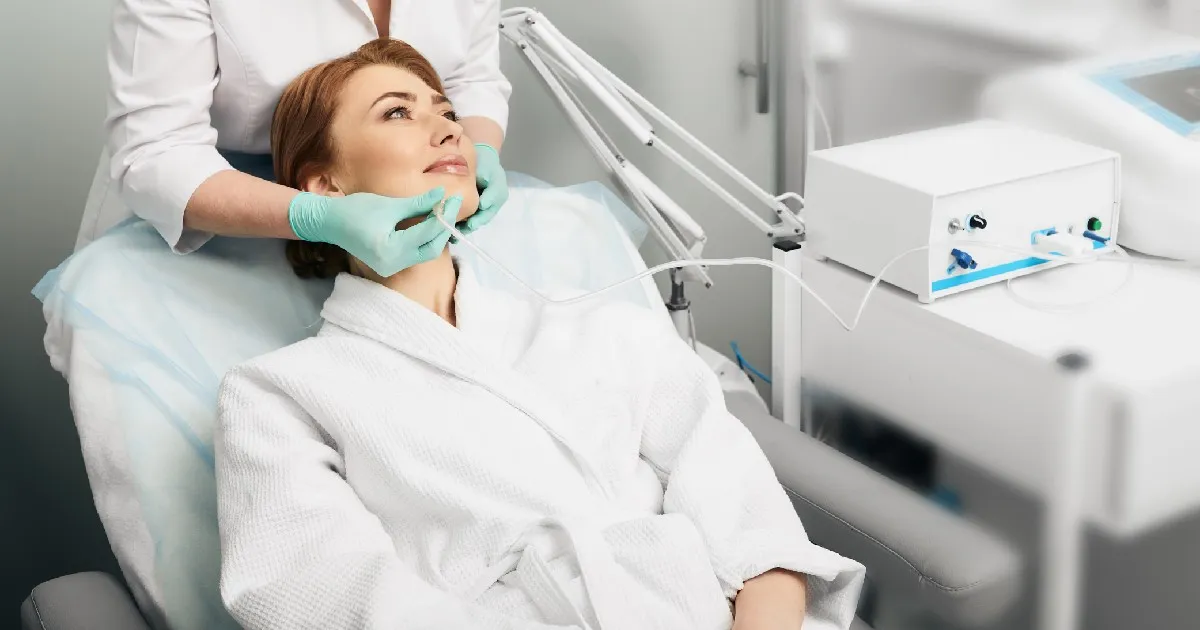Table of Contents
Robots are often envisioned as cold, metallic machines executing tasks with mechanical precision. But what if they could grow, heal, and respond like living beings? Thanks to the groundbreaking work by researchers at the University of Illinois, this vision is inching closer to reality through the development of bio-bots powered by light.
These innovative devices are not just miniature robots—they’re living machines. Engineered from human cells and designed with precision 3D printing, these bio-bots represent a radical new frontier in soft robotics and biomedical technology.
What Are Bio-Bots?
Bio-bots, short for biological robots, are tiny hybrid machines made from living cells and synthetic materials. Initially introduced as devices powered by heart or skeletal muscle tissue, recent advancements have incorporated optogenetic muscle cells—engineered to contract in response to light exposure.
This innovation allows for real-time control of movement using simple light pulses, opening up an array of applications in healthcare, environmental monitoring, and beyond.
How Do Light-Responsive Bio-Bots Work?
At the core of these light-powered bio-bots is a unique design process:
- 3D Printing the Frame: Scientists create a flexible hydrogel structure that acts as the robot’s skeleton. These hydrogels are biocompatible, making them ideal for housing living cells.
- Seeding with Muscle Cells: Researchers layer skeletal muscle cells onto the hydrogel frame. These muscle cells are genetically modified with light-sensitive opsins, allowing them to respond to blue light.
- Activation Through Light: When blue light is shined on the bot, the muscle cells contract, causing the entire structure to bend or move. By adjusting the timing and placement of the light, researchers can steer the bio-bot.
The result? A walking, flexing robot that responds to external cues just like a living organism.
Why Use Light Instead of Electricity?
While traditional robots often rely on electrical stimulation to trigger movement, light offers several advantages in the world of biological robotics:
- Precision Control: Light can be focused on exact points, enabling highly localized activation of muscle tissue.
- Non-Invasive Stimulation: Light-based stimulation is gentler than electrical impulses, reducing potential damage to delicate cells.
- Programmable Motion: Through optogenetics, researchers can program muscle cells to behave in specific ways, creating complex movement patterns without physical wiring.
These benefits make light an ideal tool for controlling soft, living robots without the need for embedded circuits or batteries.
Real-Time Responsiveness: A Step Toward Intelligent Bio-Machines
One of the most remarkable aspects of these bio-bots is their ability to respond to their environment. Unlike traditional machines that require complex sensors and processors, bio-bots leverage the natural capabilities of living cells. Muscle cells can be trained to contract under certain conditions, and future iterations could incorporate neural or heart tissue for even greater responsiveness.
This opens the door to robots that not only move but also sense, adapt, and learn—much like living organisms.
Potential Applications of Light-Driven Bio-Bots
The implications of this research stretch far beyond academic curiosity. Here are some key areas where light-responsive bio-bots could make a real-world impact:
1. Targeted Drug Delivery
Imagine a tiny bot navigating the human body to deliver medication directly to a tumor or inflamed tissue. Bio-bots powered by light could one day serve as programmable delivery systems that reduce side effects and improve treatment precision.
2. Disease Modeling and Research
By creating bio-bots embedded with disease-specific tissues (e.g., heart, brain, or cancerous cells), scientists can model how different conditions progress. This would allow for better drug testing and a deeper understanding of human biology—without relying solely on animal models.
3. Environmental Monitoring
Miniature bio-bots could be deployed to detect pollutants or toxins in water sources. Their natural responsiveness and soft structure make them suitable for navigating complex environments where traditional sensors might fail.
4. Regenerative Medicine
In the long term, bio-bots could support regenerative medicine by acting as scaffolds that deliver growth factors or help guide tissue formation in damaged areas. Their biocompatibility makes them ideal candidates for integration with human tissue.
The Science Behind the Innovation
This research blends several cutting-edge scientific disciplines:
- Optogenetics: A technique that uses light to control genetically modified cells, primarily neurons or muscle fibers.
- Tissue Engineering: The creation of biological tissues in a lab setting for use in medicine and research.
- 3D Bioprinting: Layer-by-layer fabrication of structures using cells and biocompatible materials.
- Soft Robotics: A field focused on creating robots with flexible, organic-like motion rather than rigid, mechanical joints.
Together, these technologies converge to make light-responsive bio-bots not only feasible but increasingly sophisticated.
Ethical and Safety Considerations
As with any new technology, especially one involving living tissue, there are important ethical questions to consider:
- Control and Containment: How do we ensure bio-bots function only in their intended environments?
- Biological Risk: Could these bots carry or mutate biological materials in unintended ways?
- Privacy and Autonomy: What safeguards are needed if bio-bots are used for internal medical monitoring?
These concerns underline the need for responsible development and clear regulatory frameworks as the field advances.
What’s Next for Bio-Bots?
Current iterations of light-powered bio-bots are limited in complexity and size. However, the trajectory is promising. Researchers are already exploring ways to:
- Add neural tissue to enable environmental sensing.
- Integrate vascular systems to allow for long-term sustainability.
- Develop multi-tissue bots capable of more complex tasks and motions.
Future versions may combine muscle, nerve, and connective tissue to create autonomous, intelligent machines that can interact with their surroundings in ways no synthetic robot ever has.
Why It Matters to You
Whether you’re a biotech innovator, a healthcare professional, or simply someone curious about the future, the emergence of bio-bots powered by light signals a monumental shift. These are not just research novelties—they’re the beginning of a new class of living machines that may one day:
- Treat diseases more efficiently
- Perform surgeries with minimal invasion
- Clean our oceans or air
- Even replicate basic biological systems for organ development
If your organization is exploring how to integrate biotechnology into current workflows, consultations with experts in soft robotics and tissue engineering are a valuable first step.
Ready to Explore the Future of Living Machines?
At the intersection of biology, engineering, and light lies a new frontier—one where machines are no longer just tools, but living systems working with us. If you’re interested in the applications of bio-bots in healthcare, research, or environmental science, The Re Clinic can help you explore solutions tailored to your vision.
Let’s illuminate the next generation of innovation, together with The Re Clinic.
Schedule a consultation today and reach out to our team at The Re Clinic to learn more about light-responsive bio-bot technology and its future applications.






